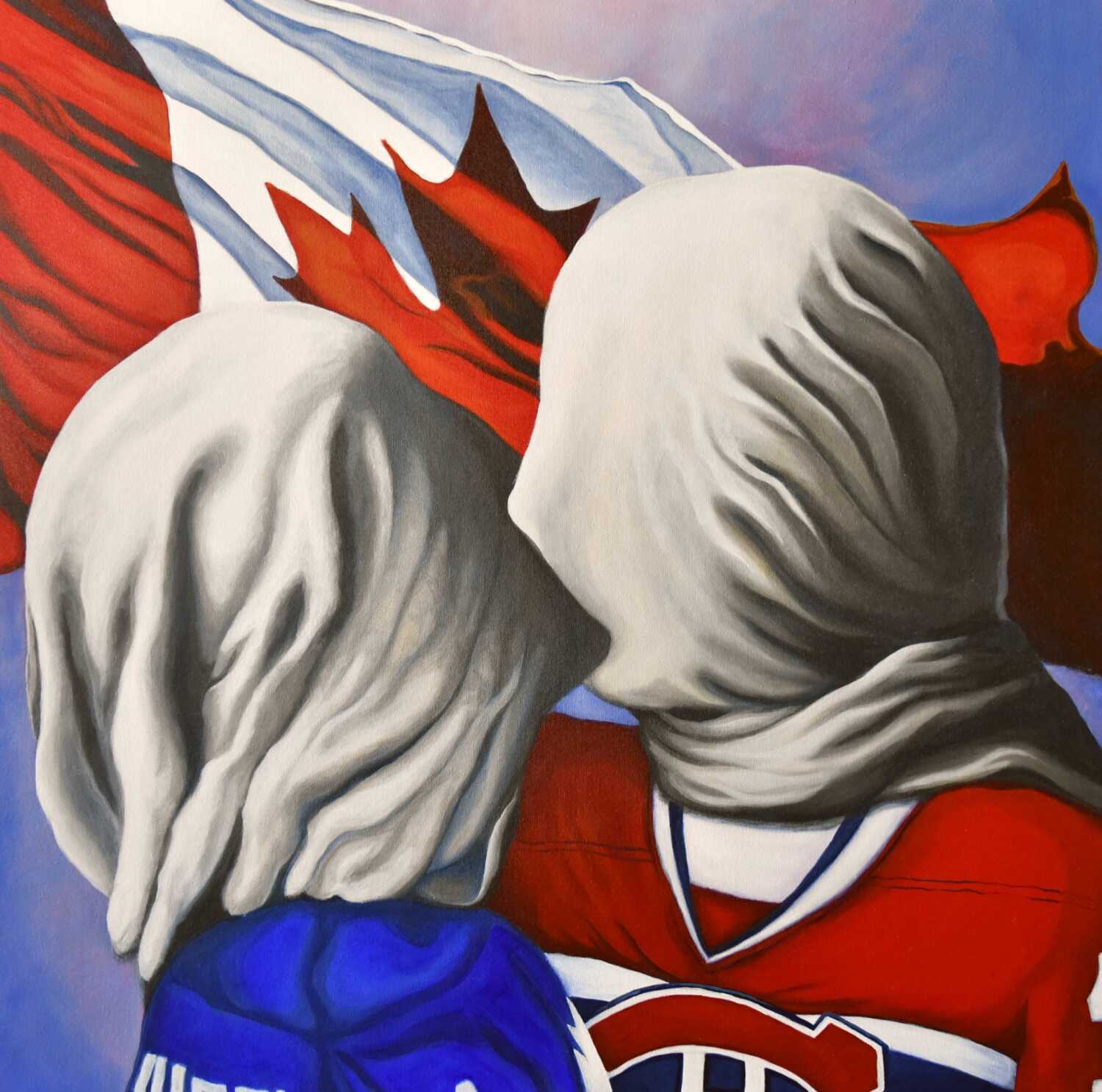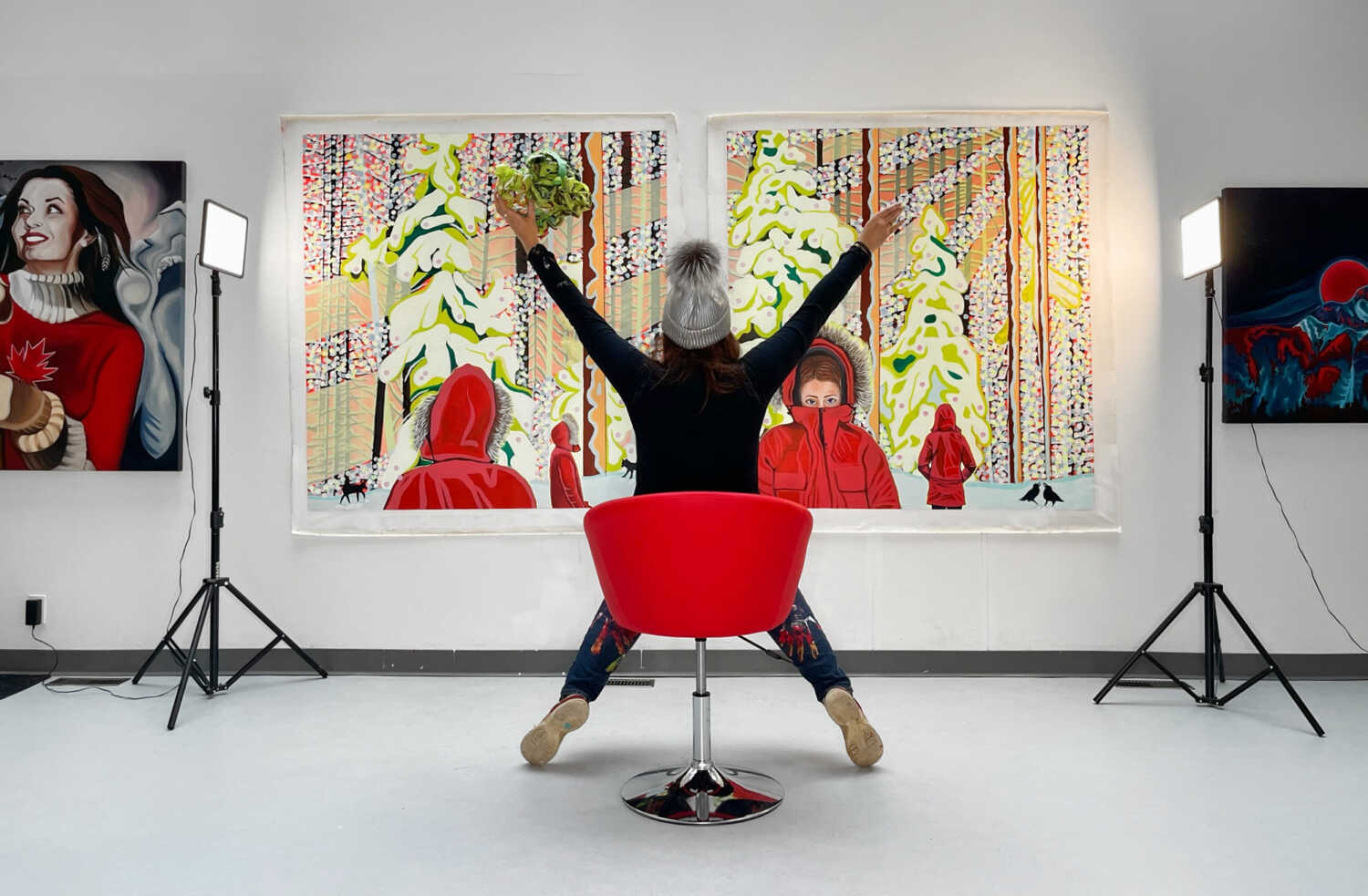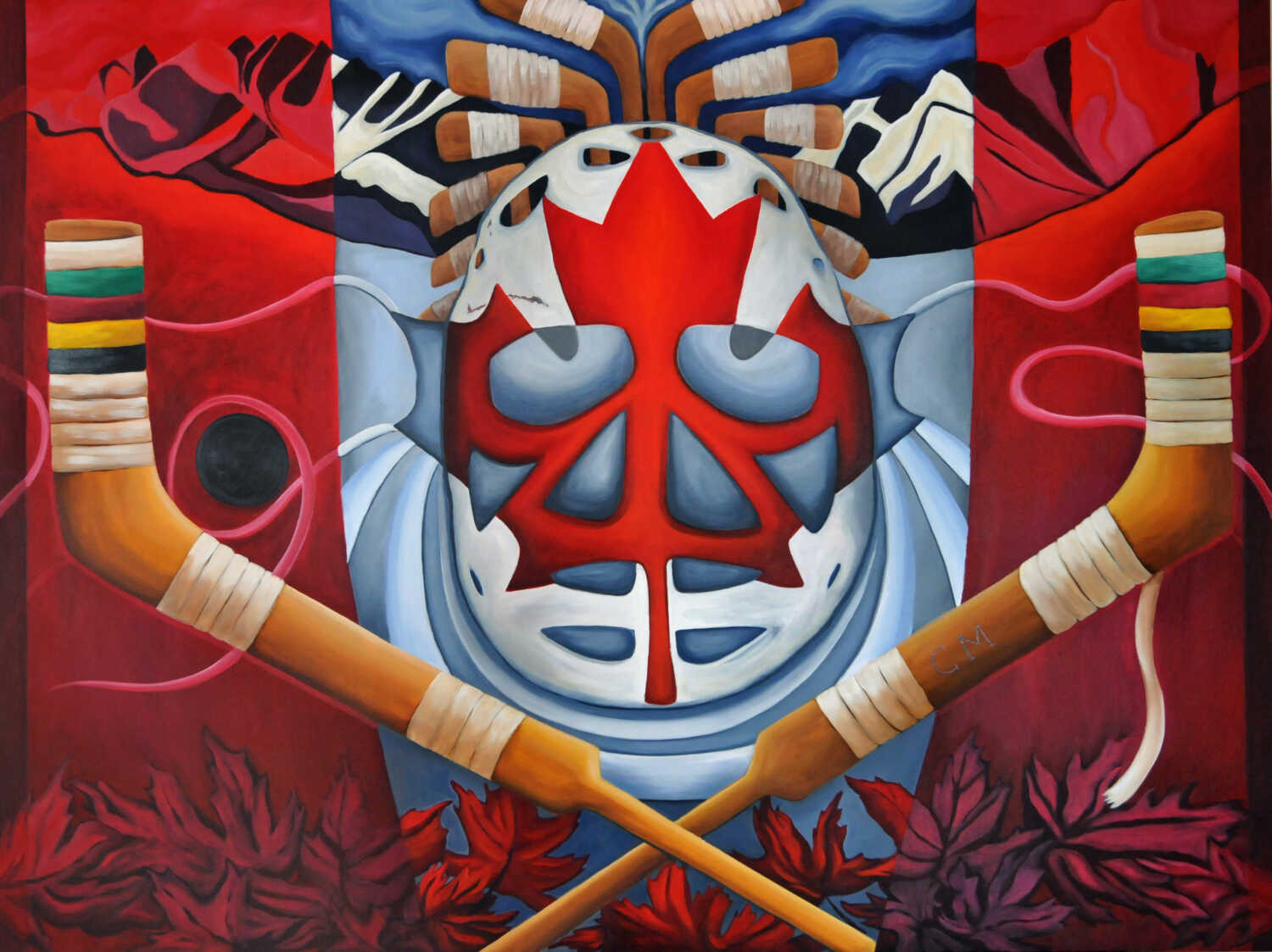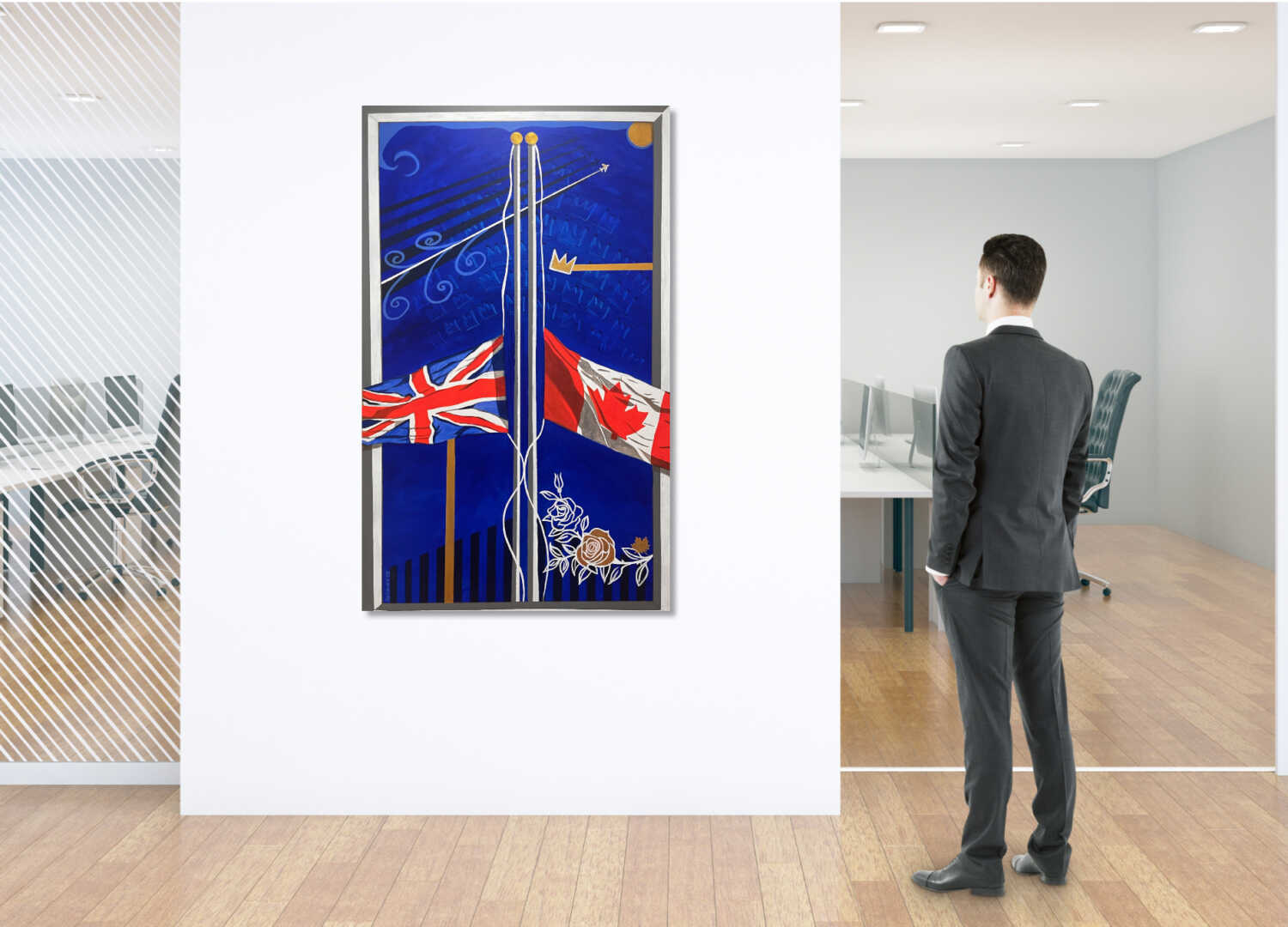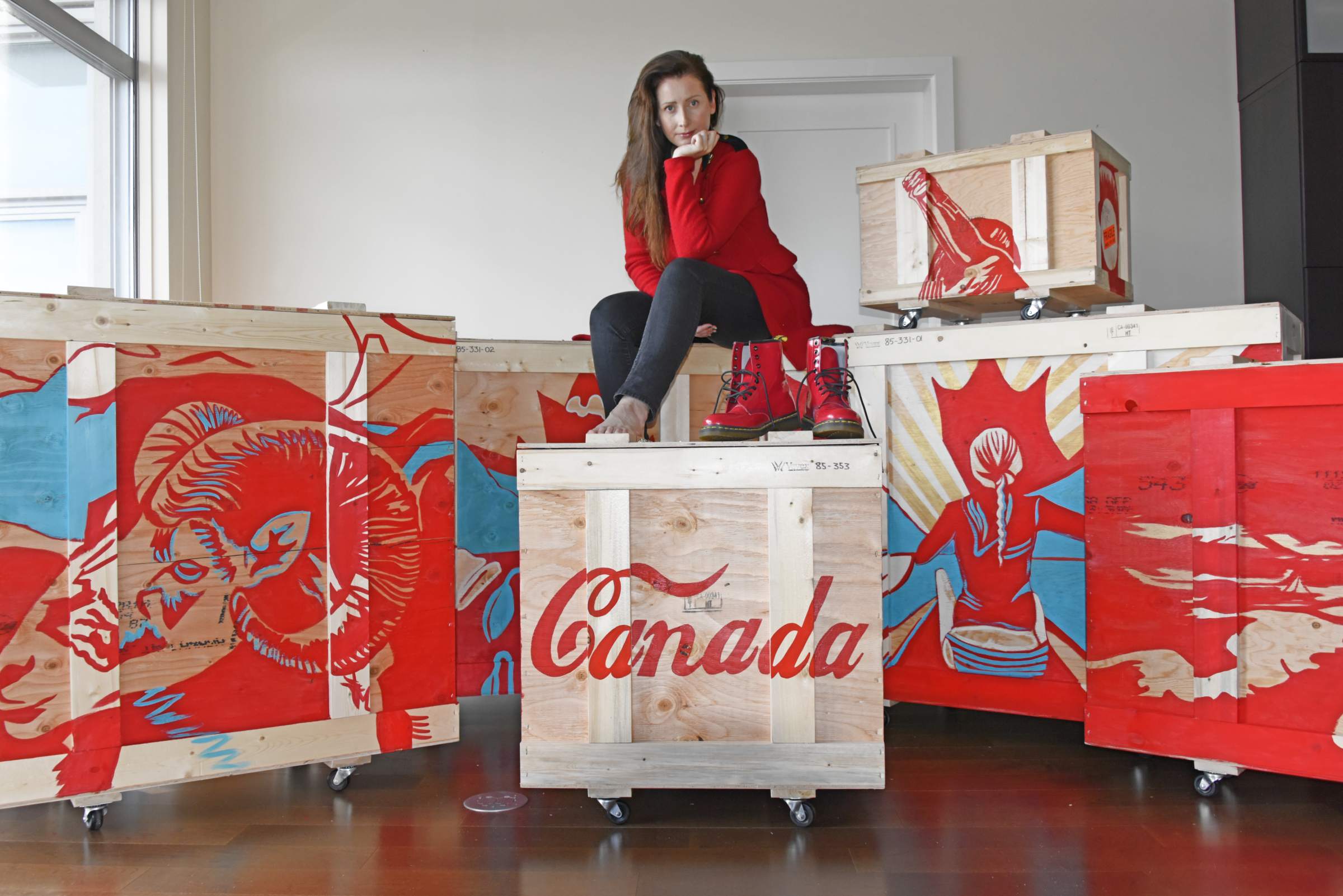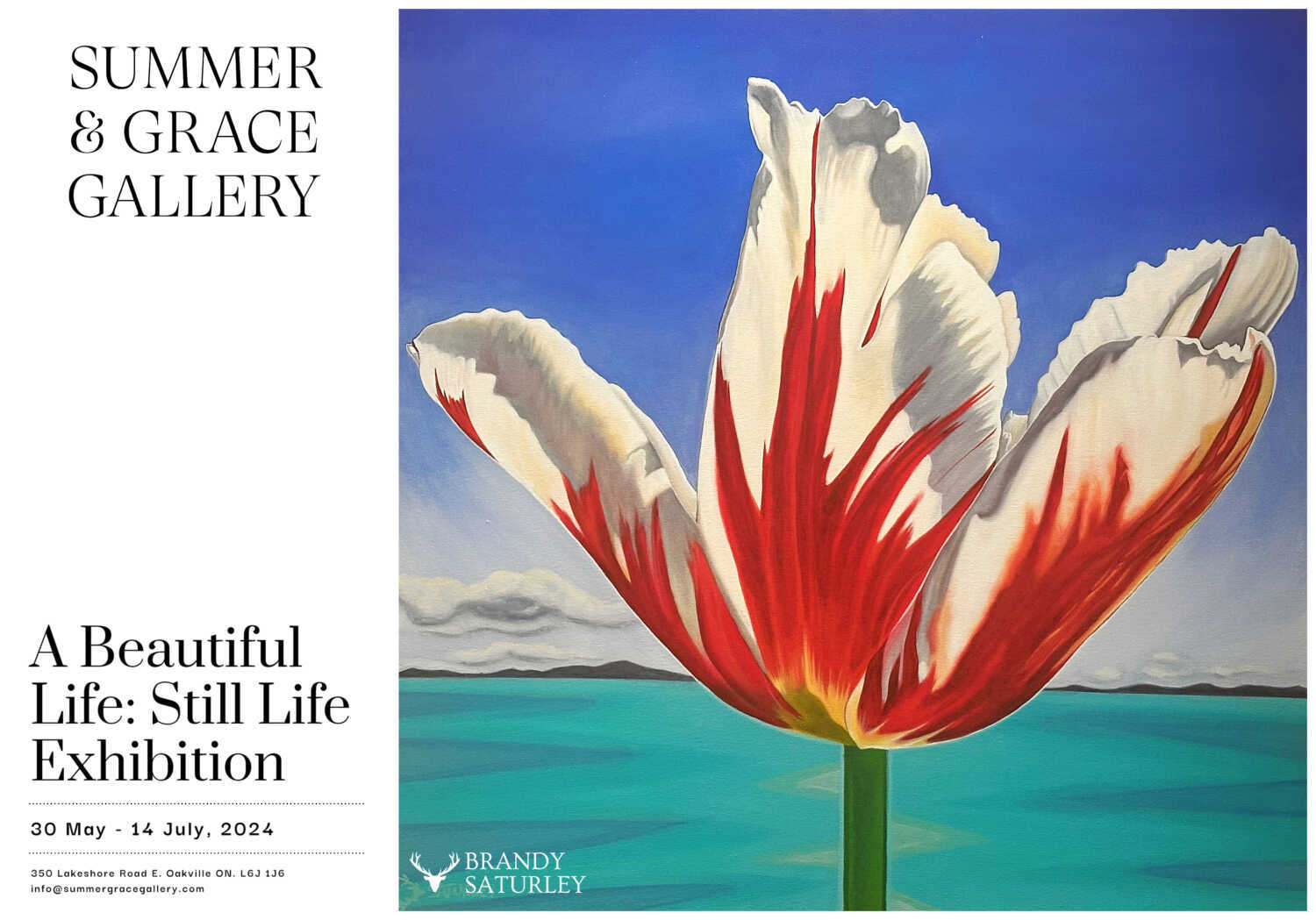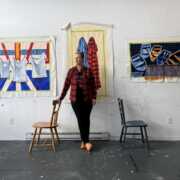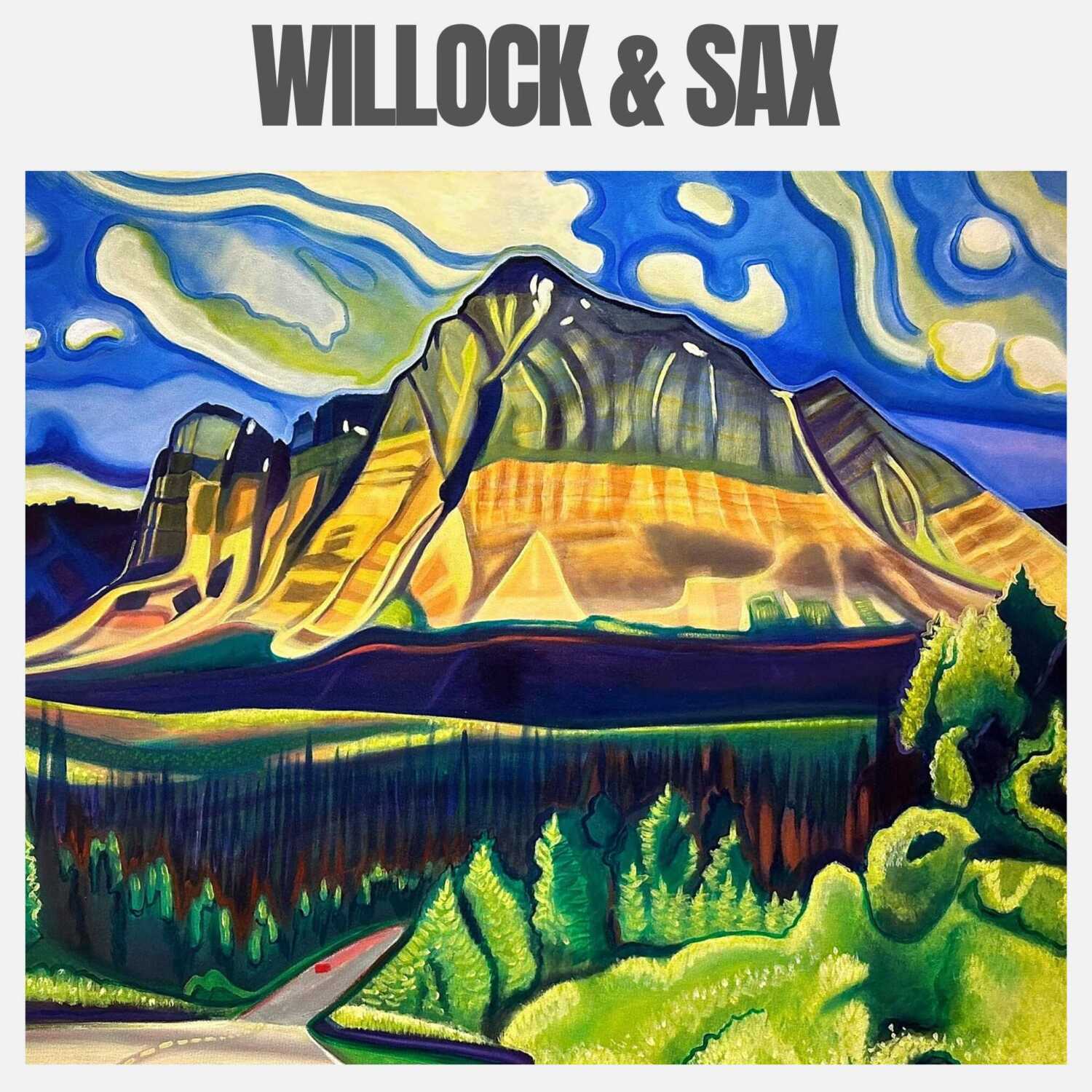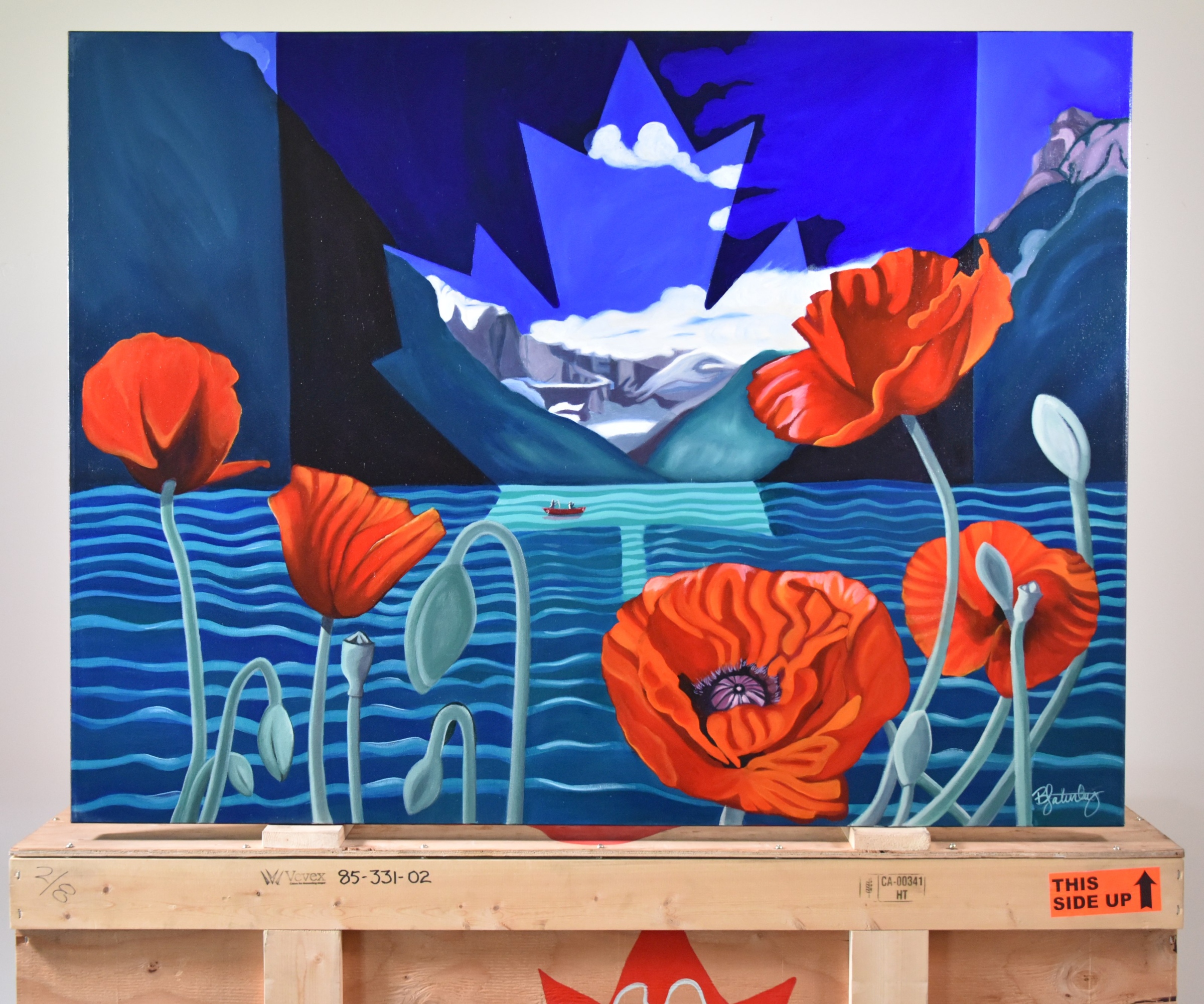Political Climate and Art Sales
How Does Political Climate Affect Art Sales in Canada?
The political climate can have a significant impact on art sales in Canada, as it does in many countries. Several factors related to the political environment can shape both the art market and the demand for different types of art. Here are some key ways the political climate may influence art sales:
1. Government Support for the Arts
- Cultural Policy and Funding: Changes in government policy around the arts can directly affect sales. In Canada, the government has traditionally provided funding through organizations like the Canada Council for the Arts. When governments increase funding and support, it creates opportunities for artists to create and showcase work, boosting visibility and sales. Conversely, cuts in funding can limit opportunities, making it harder for artists to sell.
- Public Art Programs: Policies that promote public art commissions (e.g., murals, sculptures) can lead to more opportunities for sales, especially for contemporary and local artists.
2. Tax Policies
- Tax Incentives for Art Buyers: Canadian tax policy can have a direct influence on art sales. For example, when tax incentives favor the purchase of art (e.g., allowing deductions for art acquisitions by corporations), there may be an increase in demand, particularly in the high-end market. Changes in capital gains tax, estate tax, or deductions can encourage or discourage investment in art as an asset.
- Tax Breaks for Donations: Policies that encourage donating art to public institutions (such as the ability to claim charitable donations for valuable works) can influence the secondary art market and the behavior of wealthy collectors.

The Art of Brandy Saturley and Ferrari at Victoria Premium Automobiles, Victoria BC 2013
3. National and Global Political Stability
- Economic Confidence and Art as Investment: Political instability often affects the economy, and economic downturns tend to reduce discretionary spending. In times of political uncertainty (such as during elections or global trade tensions), buyers may hesitate to make significant purchases, including art. However, in some cases, art is seen as a safe-haven investment, particularly in volatile times, which could increase sales in specific sectors of the art market (especially for blue-chip art).
- Trade and International Relations: Canada’s trade agreements and international relations can impact the import and export of art. If international relations are tense or there are restrictive trade policies, this could affect the flow of art between countries and the ability of galleries to showcase international artists, thus influencing sales.
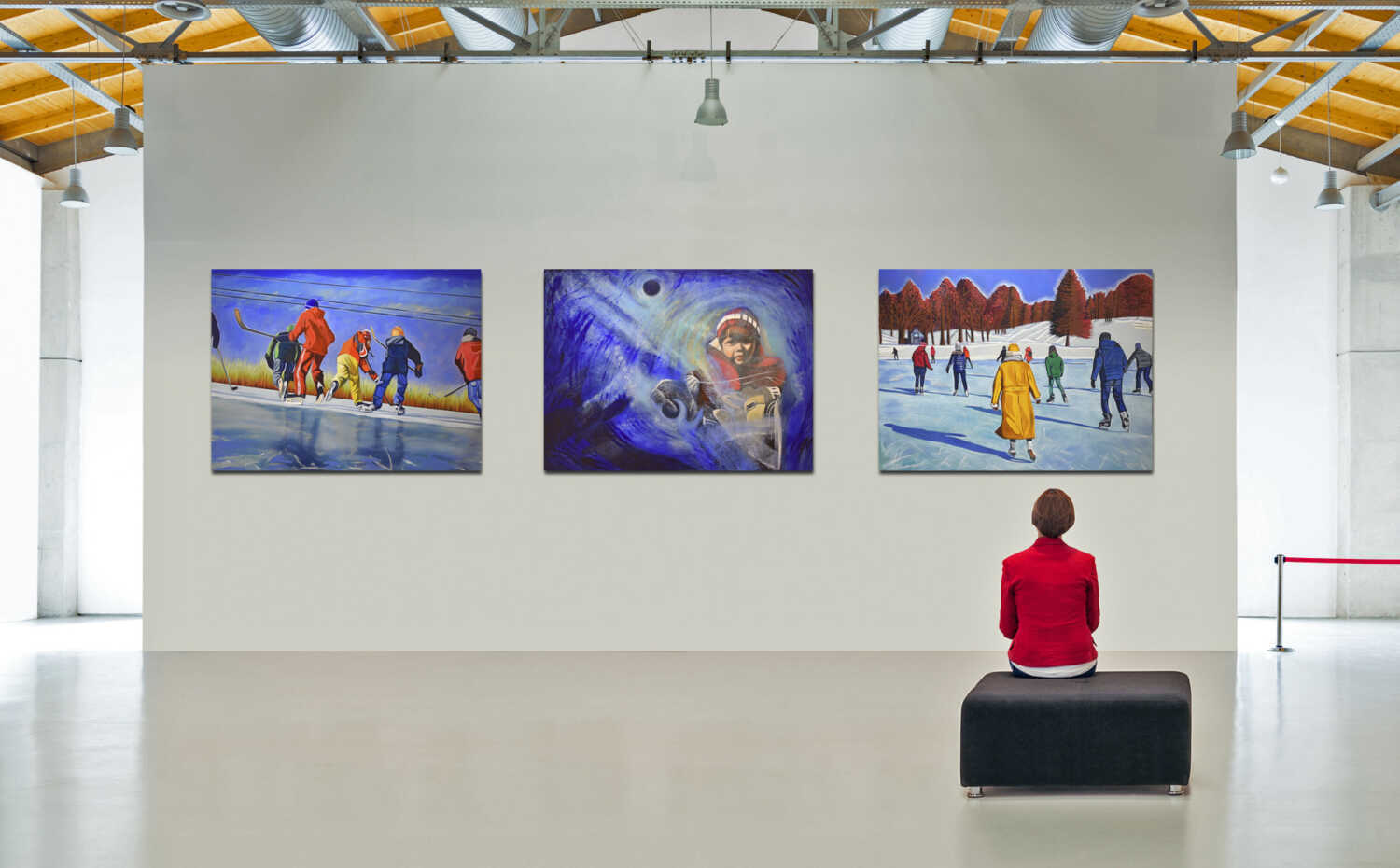
4. Political and Social Movements
- Demand for Politically Relevant Art: Political movements, such as environmental activism, Indigenous rights, or social justice movements, can create demand for art that addresses these themes. In Canada, for example, there has been growing interest in Indigenous art, driven in part by movements for reconciliation and decolonization. Art that resonates with current social and political issues often experiences increased visibility and sales.
- Censorship and Artistic Freedom: The political environment may affect what types of art are supported or censored. Political climates that favor freedom of expression often foster vibrant art markets, while those that limit expression may constrain the kinds of art that are produced and sold.
5. Global Art Trends
- Impact of International Politics: Global political changes, such as shifts in U.S. or European politics, can indirectly influence Canadian art sales. Art collectors are often influenced by global trends, and political upheaval abroad can shift the focus toward Canadian artists, particularly if international markets become less accessible or desirable due to political instability.
6. Public Sentiment and National Identity
- Cultural Nationalism: In times of political change, there may be a surge in demand for art that reflects national identity or political values. For instance, during periods of national pride or political shifts, there may be increased interest in art that portrays Canadian landscapes, history, or cultural symbols.
- Political Patronage: Political leaders and institutions may become patrons of the arts, either to reflect political messaging or to promote certain cultural values. This can create a market for works that align with specific ideologies or values of the ruling party.
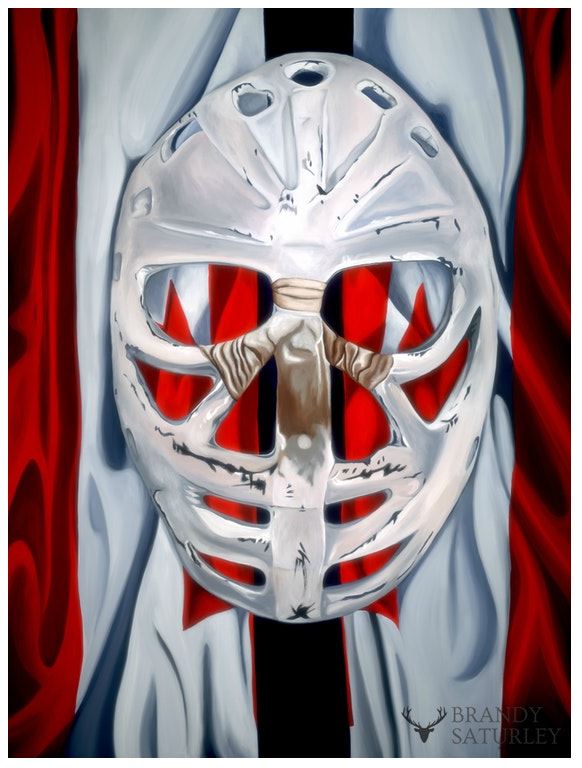
Goalie’s Mask: red, white & Dryden (The Goalies Mask Painting) 2011 Acrylic 48 x 36 x 1.5 in (121.92 x 91.44 x 3.81 cm) Brandy Saturley
In conclusion, the political climate in Canada affects art sales through a combination of cultural policies, economic stability, social movements, and the international art market’s influence. Whether it’s through government support or the evolving tastes of buyers influenced by political trends, the intersection of politics and art remains a dynamic and influential factor in the Canadian art market.
Political Climate and Art Sales – Art That Focuses on National Identity
“I am telling visual stories of my travels in Canada, from Coast to Coast to Coast.” Brandy Saturley is an acclaimed contemporary Canadian Visual Artist widely recognized for her evocative portrayals of Canadian culture, landscapes, people, wildlife, hockey and icons. See more paintings by Brandy Saturley here.

